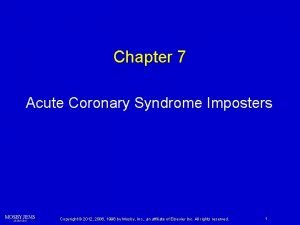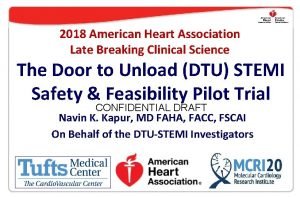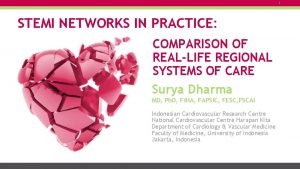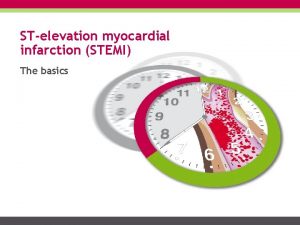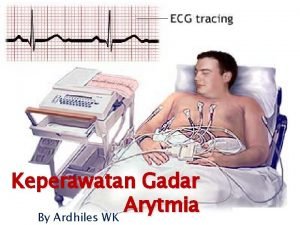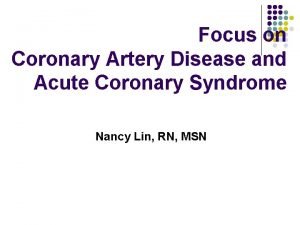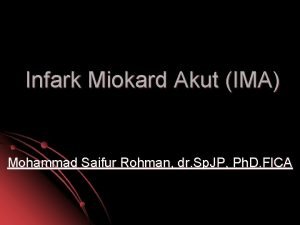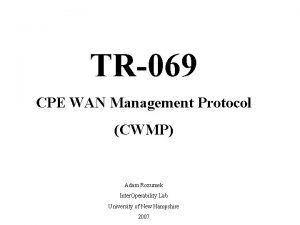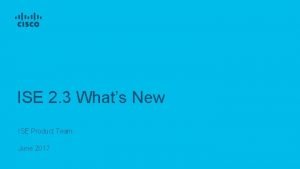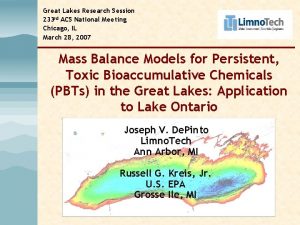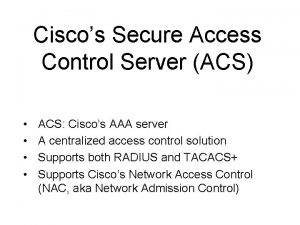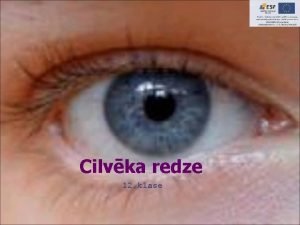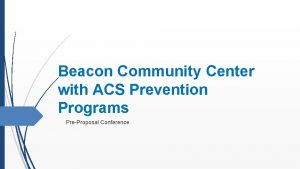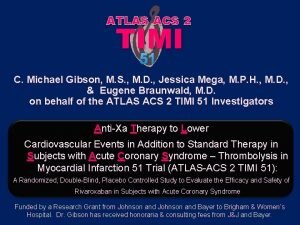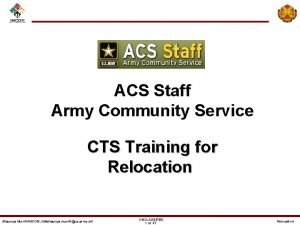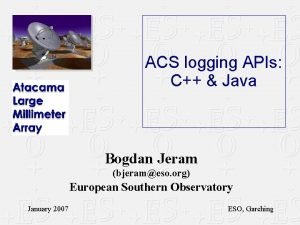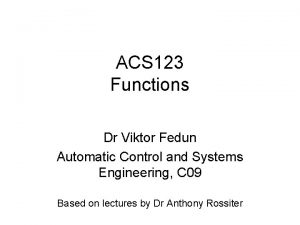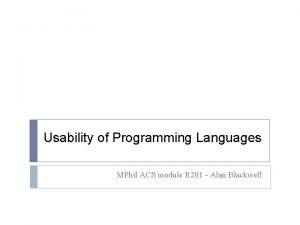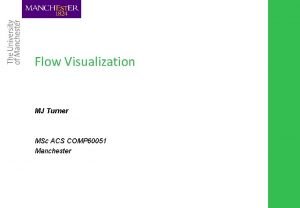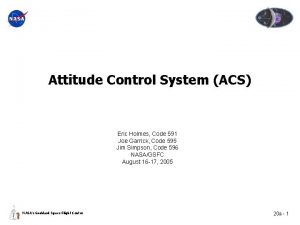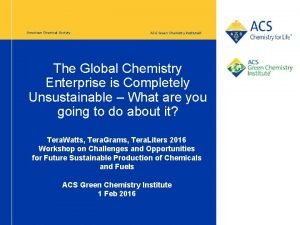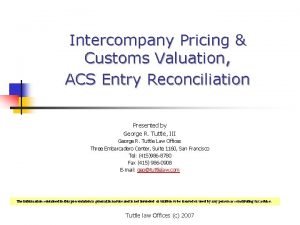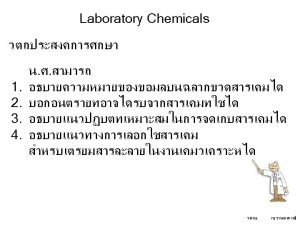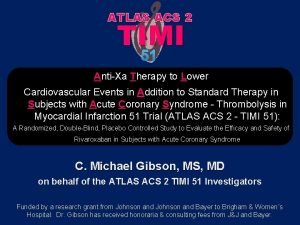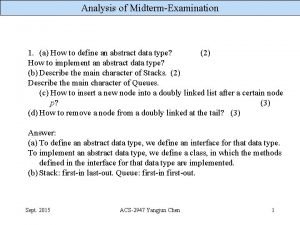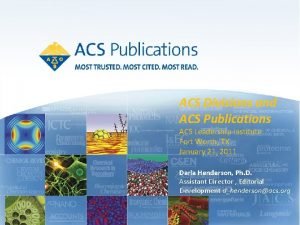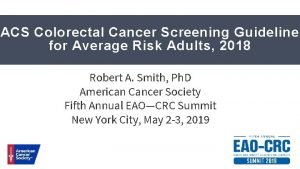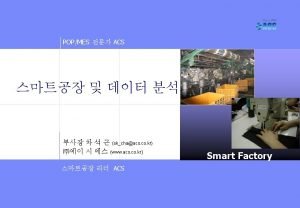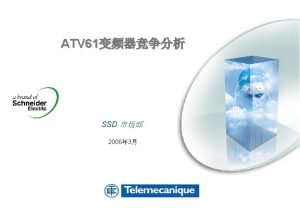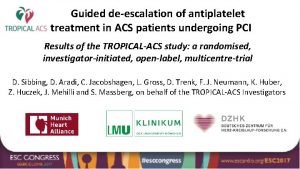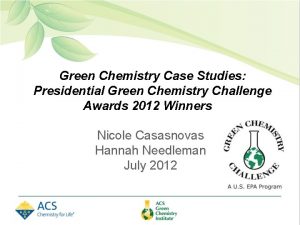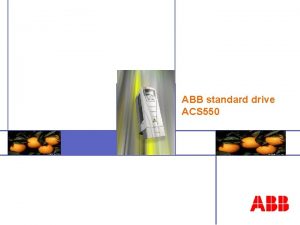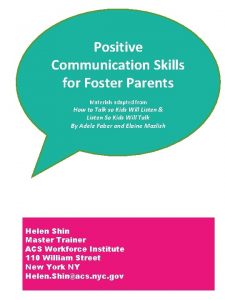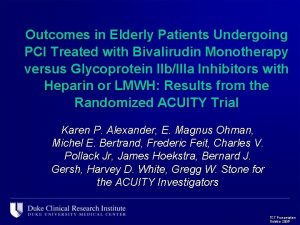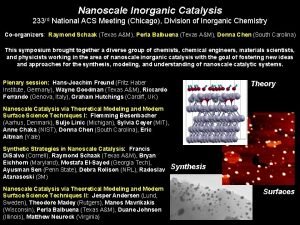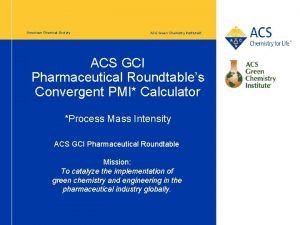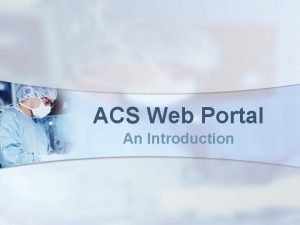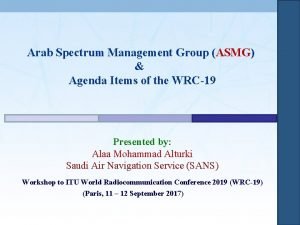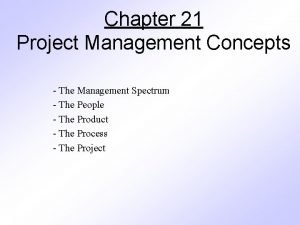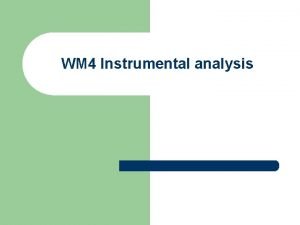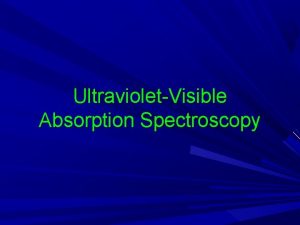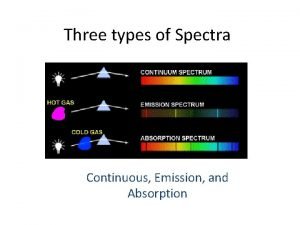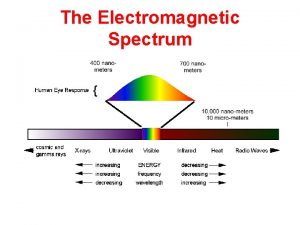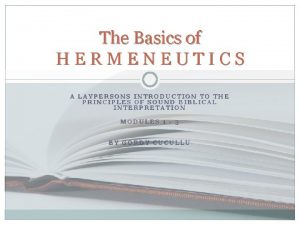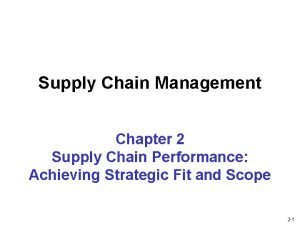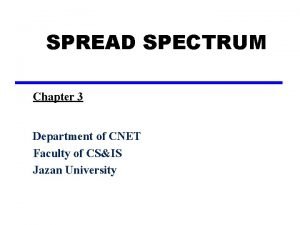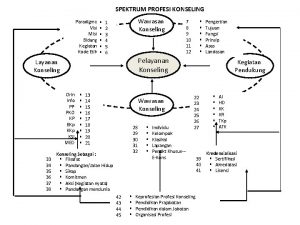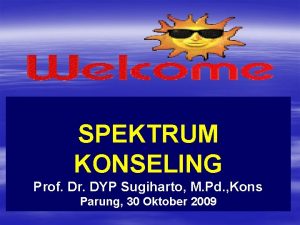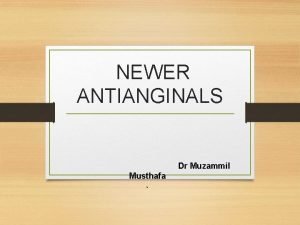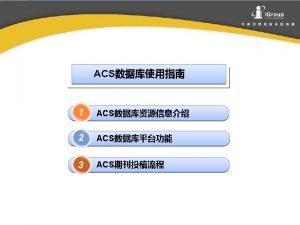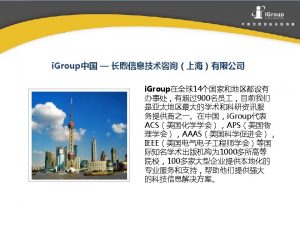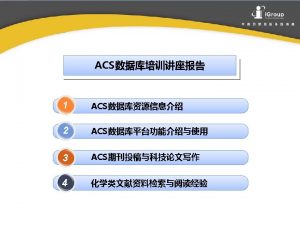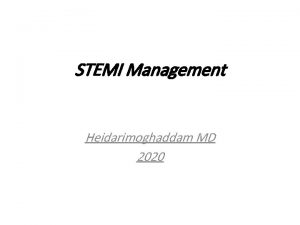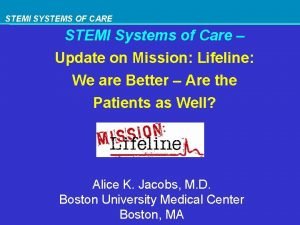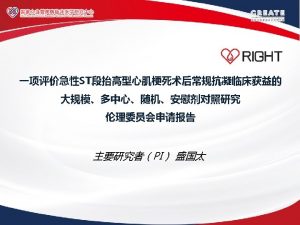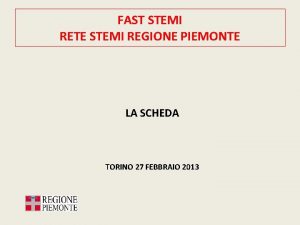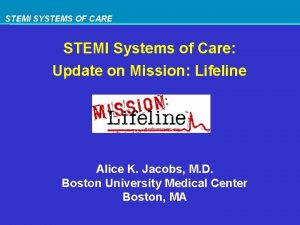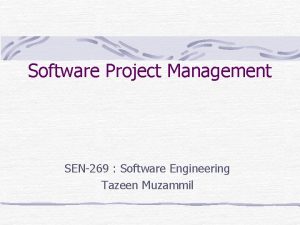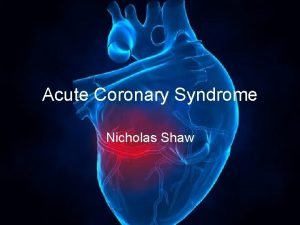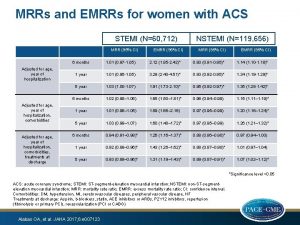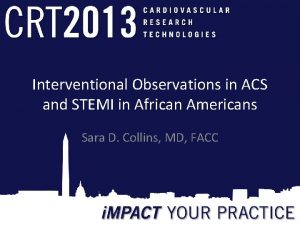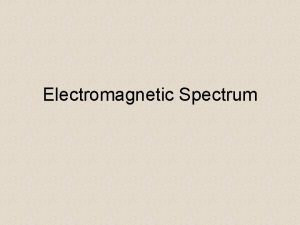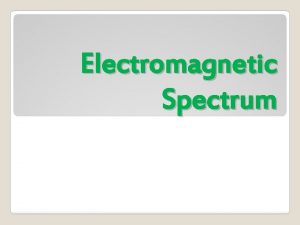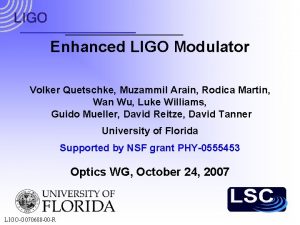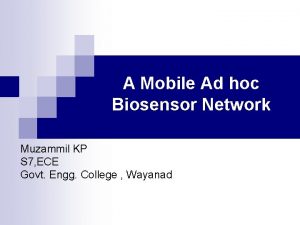Management of STEMI Dr Muzammil Musthafa ACS Spectrum









































































- Slides: 73

Management of STEMI Dr Muzammil Musthafa

ACS • Spectrum of conditions • Abrupt reduction in blood flow through the coronary circulation • Myocardial ischemia or infarction • NSTEACS • STEMI


• Worldwide, IHD – MC cause of death • 1. 8 M annual deaths • 20% of all deaths in Europe • STEMI-more common younger > older Men > women • Several studies highlighted fall in short term and long term mortality with use of reperfusion therapy, PCI, antithrombotic & secondary prevention • Still mortality high 4 -12%

AMI defined as an elevation of cardiac troponin values with necrosis in a setting consistent with myocardial ischaemia. For treatment strategies , it is usual to designate patients with persistent chest discomfort or other symptoms suggestive of ischaemia and ST-segment changes.

STEMI(universal definition) In the absence of LVH or LBBB • J point greater than 0. 1 mv in 2 contiguous leads other than V 2 -V 3, where the following cut off apply. • >0. 25 -men <40 • >0. 20 -men>40 • >0. 15 -women Obscured • LBBB • Paced rhythm • LV hypertrophy • Brugada syndrome

• Guidelines summarize and evaluate available evidence with the aim of assisting health professionals in selecting the best management strategies for an individual. • However, the final decisions concerning an individual patient must be made by the responsible health professional in consultation with the patient and caregiver as appropriate.


Whats new? ?

INITIAL DIAGNOSIS

RELIEF OF PAIN, BREATHLESSNESS AND ANXIETY • Pain relief—paramount importance Increase symphathetic activation Increase vasoconstricton Increase workload IV opiods Morphine But diminished effects of clopidogrel, prasugrel and ticagrelor • Hypoxia– oxygen indicated when Sa. O 2 < 90% • Anxiety relief –by benzodiazepines


Cardiac arrest and unresponsive pts. . • • Many death –VF Defibrillation equipment –must Trained persons with BLS and ACLS Primary pci –choice of treatment • In pts with high clinical probability of coronary occlusions—unresponsive pts —coronary angiography is urgent But to exclude • PE • Drug • Cva • Resp failure

In patients with poor neurological outcome • Late presentation to hospital • >20 m ACLS • Non shockable rhythm Angiography and subsequent revascularisation—poor outcome

• Unconcious pts • Targetted temp— 32— 36 C Hypothermia—decreased effects of prasugrel, clopidogrel and ticagrelor Metabolic conversion of clopidogrel delayed.

Prehospital care • Treatment Delays are common in management of STEMI • To minimise delay-increase public awareness –to recognise symptoms of AMI • EMS-to diagnose STEMI should be <10 mins • Following diagnosis-immediate activation of cath lab

PREHOSPITAL CARE

NON PCI capable hospital



Occluded Artery TRIAL NEJM DEC 2006 RCT n-2166 • stable patients • persistent occlusion of the IRA 3– 28 days after MI • no clinical benefit from routine coronary intervention than with OMT

PRIMARY PCI • RADIAL approach—MATRIX TRIAL • 8404 patients 30 days • Less bleeding • Vascular complications • Need for transfusion • RIVAL • RIFLE STEACS



• STENTING—DES over BMS • Less need for repeated TVR • Decreased ST • COMFORTABLE AMI TRIAL

Deferred stenting—decreased MVO DANAMI 3 DEFER TRIAL 1215 pts RCT 42 months—no superiority over stent implantation Thrombus aspiration TOTAL TRIAL NEJM APRIL 2015 10372 pts Increased risk of stroke

TOTAL REVASCULARISATION • PRAMI TRIAL • CULPRIT TRIAL • Treatment of non IRA– decreased adverse CV events IABP CRISP AMI TRIAL • RCT • 337 pts • No reduction in infarct size

PERIPROCEDURAL PHARMACOTHERAPY • DAPT+ P 2 Y 12+ parentral AC • Aspirin-150 -300 mg • Clopidogrel-600 mg • Prasugrel – 60 mg LD f/b 10 mg OD • Ticagrelor-180 mg LD f/b 90 mg BD • P and T— • Rapid onset of action • Greater potency

Prasugrel C/I with • >75 • <60 kg • Stroke/TIA Ticagrelor • Dyspnoea • No structural or functional abnormalities Prasugrel and Ticagrelor Not used in • Prior hemorrhages • On OAC • Mod –severe LD

• Cangrelor • I/V p 2 y 12 GP 2 B 3 A I As bail out therapy Large thrombus Slow or no reflow No role for intracoronary GP 2 B 3 AI

Parentral AC • UFH • Enoxaparin • Bivalirudin No role for fondaparinaux –potential harm

PERIPROCEDURAL PHARMACOTHERAPY



Routine post procedure AC not preferred Except with • AF • LV thrombus • Mechanical valves • Prophylaxis of VTE

Major predictors of mortality—MVO and infarct size MVO—inadequate perfusion after opening of IRA Post procedure-TIMI <3 ST resolution post procedure <70% Myocardial blush grade 0 or 1


FIBRINOLYSIS • Recommended within 12 hrs, if primary PCI cannot be done • If time exceeds >3 hrs from symptom onset , better primary PCI • No contraindications • Prehospital fibrinolysis Metaanalysis (6 RCT) N-6434 Decreases mortality -17%

STREAM trial NEJM April 2013 RCT 1892 patients Presented within 3 hrs; unable to undergo prmary pci TNK / PRIMARY PCI between 6 -24 hrs NO SIGNIFICANT DIFFERENCE BETWEEN PRIMARY ENDPOINTS (death or reinfarction) Increased risk of intracranial hemorrhages in fibrinolytic group


• Fibrin specific agents preferred • Antiplatelets and Anticoagulation No role for Prasugrel Ticagrelor GP 2 B 3 A inhibitors

• Parentral anticoagulation • Atleast 48 hrs • Or upto 8 days ASSENT 3 TRIAL TNK f/b enoxaparin OR UFH RCT 6095 patients decreased 30 day mortality/ MACE



CABG In patients with • Patent IRA but with unsuitable anatomy for PCI • Cardiogenic shock • Large myocardium at jeopardy

AMBULATION By day 1 ambulation begun In patients with • Hypotension • Arrythmias • Heart failure Once stabilized

• Low risk patients- 48 -72 hrs discharged • PAMI 11 CRITERIA LOW RISK— <70 yrs LVEF >45% 1/2 vessel disease Succesful PCI No arrhythmias • ZWOLLE PRIMARY PCI INDEX

Special issues • Anticoagulation • OAC –relative C/I • Triaged for pci Given • Aspirin • Clopidogrel • Avoid GP 2 B 3 A • Prasugrel / ticagrelor

Triple therapy • 6 month • After 6 months– OAC+ A/C • After 1 year—OAC only

Renal dysfunction • Dose modification necessary • e. GFR 30 -40% worse prognosis

DIABETES • Causes diffuse atherosclerosis • BG < 200 mg% • Measure e GFR –pts on metformin/SGLT 2 inhibitors

Long term therapies Smoking cessation BP control Encouraging physical activity Smoking – • Strong prothrombotic effect • Most cost effective • Quitting decreases mortality-- metaanalysis --12603 patients(20 observational studies— decreases by 36%) • Behavioural support • Pharmacotherapies—buprorion , varenicline • Electronic cigarettes

Diet, alcohol and weight control • Meditteranean diet • Alcohol— 2 glasses( 20 g) daily for men and 1 for women • Maintain BMI < 25

• Blood pressure control <140 mm. Hg Elderly frail—more linient Very high risk patients--<120 mm. Hg Exercise training—light to moderate physical activity • • Cardiac rehabilitation– Risk factor modification Exercise training Stress management Psychological support

Adherence to treatment • Long term adherence—poor • 50% adherence –several studies • To reduce poor adherence—FDC or polypill FOCUS TRIAL -- FDC for secondary cardiovascular prevention trial • phase 2 trial • 695 patients • 9 months • Improved adherence


Antithrombotic therapy Aspirin • Indefinetely • 75 -100 mg CURRENT OASIS 7 trial Comparison to high dose Similar antiischemic effects and less adverse effects

DAPT Primary PCI Aspirin + P 2 Y 12 inhibitors (clopidogrel/prasugrel/ticagrelor) 12 months

Fibrinolysis Aspirin—lifelong Clopidogrel-1 month Fibrinolysis with subsequent PCI DAPT -12 months High bleeding risk— 6 months

Extension of DAPT beyond 1 yr DAPT study NEJM Nov 2014—extending beyond 1 yr after DES (multicentre randomized placebo controlled trial) PEGASUS TIMI 54 study NEJM May 2015 (compared ticagrelor 60 BD/90 BD vs placebo) Both study showed decreased MACE But with increased risk of bleeding

ATLAS ACS 2 TIMI 51 TRIAL ( NEJM JAN 2012) Low dose rivaroxaban 2. 5 mg 1— 0— 1 + DAPT 13 months Decrease short and long term mortality Decreased MACE

Anti thrombotic therapy


Betablockers Early beta blocker therpy • Decreases malignant ventricular arrhythmias METOCARD CNIC trial RCT N-270 Early IV metoprolol Killip 2 or less Decreased infact size by CMR 5— 7 days Higher LVEF – 6 months

EARLY BAMI trial RCT n-683 30 days follow up No reduction of infarct size Decreases malignant arrythmia

• Long term therapy Decreases mortality Administered in pts without • Acute HF • Hemodynamic instability • Advanced HB

LIPID LOWERING • Following MI Decreases TC/LDL/HDL Increased TG • Intensive statins Decreases non fatal MI/Stroke LDL < 70 mg%

PCSK 9 inhibitors FOURIER trial NEJM May 2017 RCT N-27564 Mod—high intensity statins +/-evolocumab s/c Decreases CV death MACE

• NITRATES only to control residual angina symptoms Early phase– HTN / heart failure • CALCIUM CHANNEL antagonists C/I to beta blockers Verapamil/diltiazem

ACEI/ARBs Mortality benefit • • AWMI HTN DM LVEF < 40% VALIANT trial— Valsartan vs captopril Non inferior

• Aldosterone receptor antagonists LVEF < 40% Killip 2 and above EPHESUS trial • RCT • 6642 patients • 16 months 15% decreased mortality 13% decreased MACE


Thank u.
 Weakness of bohr's atomic model
Weakness of bohr's atomic model Absortpion
Absortpion Ace inhibitors in stemi
Ace inhibitors in stemi Reem alzahrani
Reem alzahrani Stemi imposters
Stemi imposters Dtu stemi trial
Dtu stemi trial Stemi chain of survival
Stemi chain of survival Stemi
Stemi Inferior leads
Inferior leads Sistem konduksi jantung
Sistem konduksi jantung Non stemi
Non stemi Complicated plaque
Complicated plaque Tr-069 message flow
Tr-069 message flow Cwmp что это
Cwmp что это Cisco ise upgrade readiness tool
Cisco ise upgrade readiness tool Rd acs
Rd acs Fort gordon horse stables
Fort gordon horse stables Cisco secure access control server for windows
Cisco secure access control server for windows Acs uzbūve
Acs uzbūve Acs beacon
Acs beacon Atlas acs
Atlas acs Acs client tracking system
Acs client tracking system Eso bogdan
Eso bogdan Viktor fedun
Viktor fedun Acs programming language
Acs programming language Retorno acs esquema
Retorno acs esquema Acs comp
Acs comp Acs
Acs Acs attitude control system
Acs attitude control system Acs green chemistry institute
Acs green chemistry institute Concurso acs recife
Concurso acs recife Acs
Acs Acs dobfar welfare
Acs dobfar welfare ความอันตราย
ความอันตราย Atlas acs 2 timi 51
Atlas acs 2 timi 51 Acs algorithm
Acs algorithm Acs leadership institute
Acs leadership institute Acs
Acs Wyoming medicaid login
Wyoming medicaid login Direktorat tik upi
Direktorat tik upi Avocent acs 6000
Avocent acs 6000 Acs
Acs Acs 510
Acs 510 Acs
Acs Acs packaging
Acs packaging Abb
Abb Nyc acs
Nyc acs Nste acs
Nste acs Nyc acs divisions
Nyc acs divisions Rd acs
Rd acs Zoltan j. acs
Zoltan j. acs Acs technical divisions
Acs technical divisions Asc green chemistry institute
Asc green chemistry institute Acs web portal
Acs web portal Effective software project management focuses on
Effective software project management focuses on Arab spectrum management group
Arab spectrum management group Product process spectrum
Product process spectrum Project management for software development
Project management for software development Top management middle management first line management
Top management middle management first line management Top management middle management first line management
Top management middle management first line management Top level management
Top level management Salicylic acid ir spectrum labeled
Salicylic acid ir spectrum labeled Spectrum select bundle
Spectrum select bundle Mi plan latino silver
Mi plan latino silver St agnes bariatric surgery
St agnes bariatric surgery Aniline uv spectrum
Aniline uv spectrum Types of spectrum
Types of spectrum Largest wavelength to the shortest wavelength
Largest wavelength to the shortest wavelength Hermeneuin
Hermeneuin Supply chain performance achieving strategic fit and scope
Supply chain performance achieving strategic fit and scope Waves are produced by stars and galaxies
Waves are produced by stars and galaxies Fhss
Fhss Spektrum konseling adalah
Spektrum konseling adalah Jelaskan tentang spektrum bimbingan dan konseling
Jelaskan tentang spektrum bimbingan dan konseling




